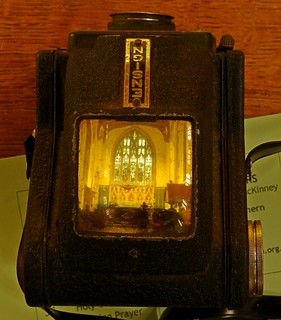Horace
TPF Noob!
- Joined
- Jan 10, 2016
- Messages
- 21
- Reaction score
- 0
- Can others edit my Photos
- Photos OK to edit
- Thread Starter 🔹
- #16
Good to hear that. I am based in Sweden right now so anything that I can get shipped from Europe means no or lower chase of paying customs duty for it. There are a lot of USSR-ish sounding brands that I have never heard of, so it was good to hear that Lubitel is a good brand. I am now looking at something like this:
1981! Rare LUBITEL-166B *LOGO in Russian* TLR Medium Format 6x6 LOMO Camera #39
Do you have close up crops of your Lubitel samples?
1981! Rare LUBITEL-166B *LOGO in Russian* TLR Medium Format 6x6 LOMO Camera #39
Do you have close up crops of your Lubitel samples?
As an eBay Associate we earn from qualifying purchases.

 Dedham church TTV
Dedham church TTV






![[No title]](/data/xfmg/thumbnail/31/31094-f975d7e61424996edc28cec3b9dd70a8.jpg?1734159245)

![[No title]](/data/xfmg/thumbnail/40/40309-c759bfd4ae7c079632e7402d21d332f1.jpg?1734174717)

![[No title]](/data/xfmg/thumbnail/32/32981-27e3d29bfa5b1638f18299ec111c7b87.jpg?1734162931)

